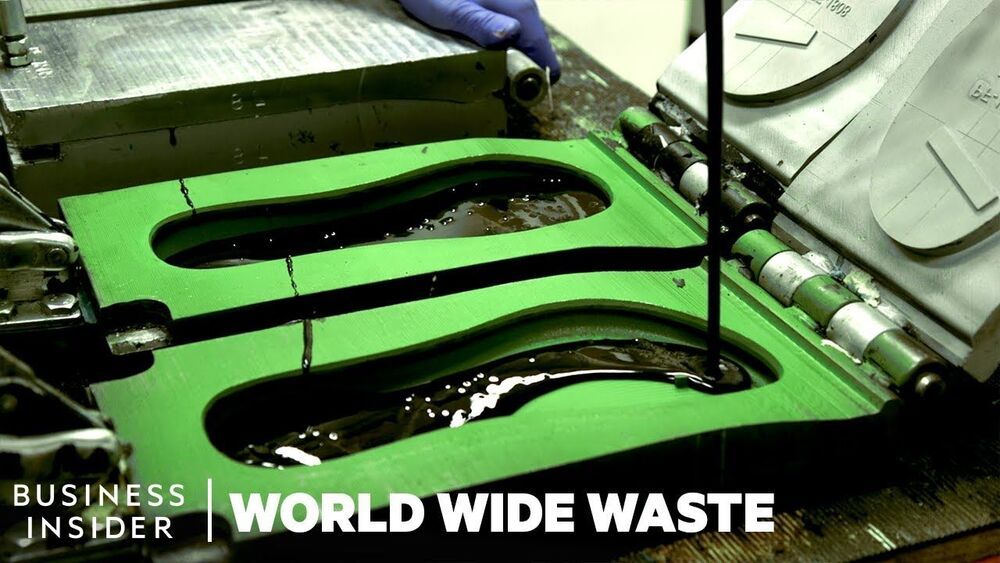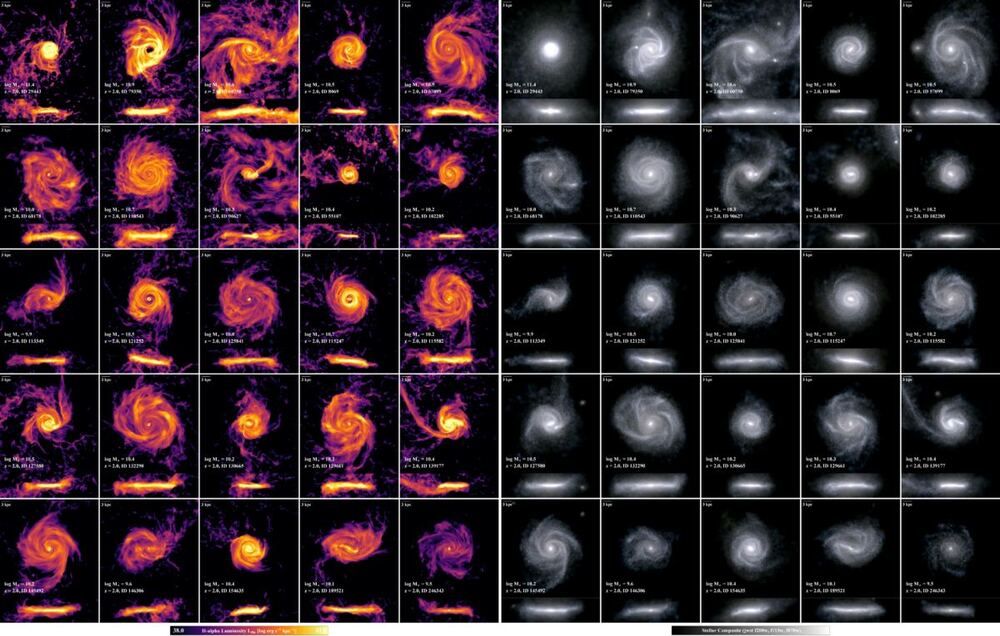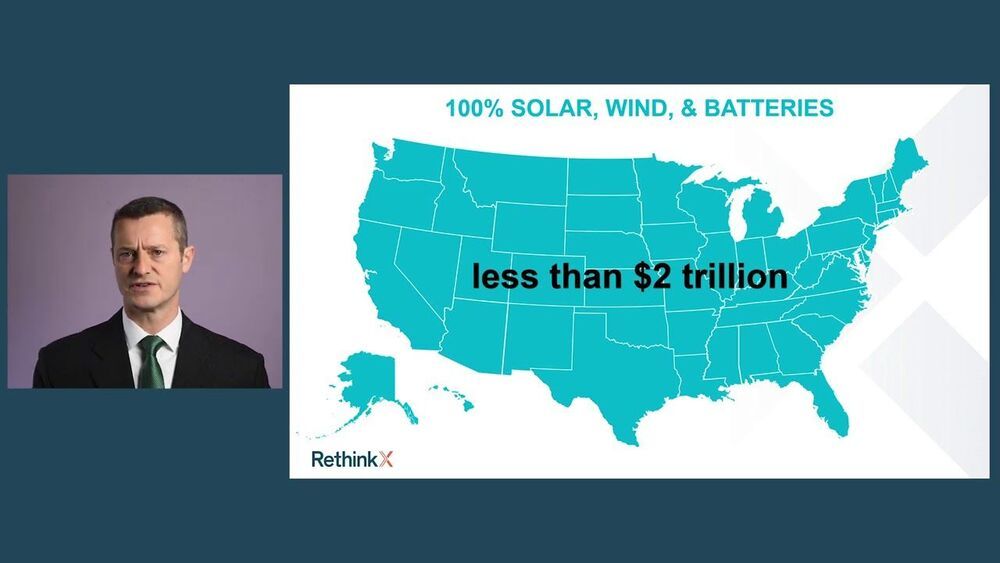Feb 10, 2021
Pioneers in the Desert: A Tech-Infused Road Trip
Posted by Derick Lee in categories: biotech/medical, business, robotics/AI, space
In this special episode of Hello World, best-selling author and Bloomberg Businessweek journalist Ashlee Vance goes on a RV road trip through California in the midst of a pandemic and sweeping forest fires. Along the way, he hangs out with a Tesla co-founder who wants to recycle all the world’s batteries, some robotic farmers, a test pilot who almost lost his life and desert space-geeks building a lunar lander.
#HelloWorld #BloombergBusinessweek #California.
Continue reading “Pioneers in the Desert: A Tech-Infused Road Trip” »
















